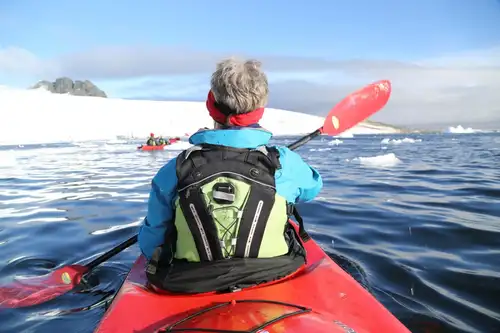Name: Grey-headed Albatross, Grey-headed Mollymawk (Thalassarche chrysostoma)
Length: 80 cm.
Weight: 3 to 4.5 kg.
Location: Circumpolar across the southern oceans.
Conservation status: Endangered.
Diet: Squid, fish, crustaceans, carrion, cephalopods, lampreys.
Appearance: White body and chest. Light grey head, back, and tail feathers. Dark grey wings. White crest under the eye. Black bill with a golden outline along the top and bottom, hooking into a pinkish tip. White underwings with black forward edge.
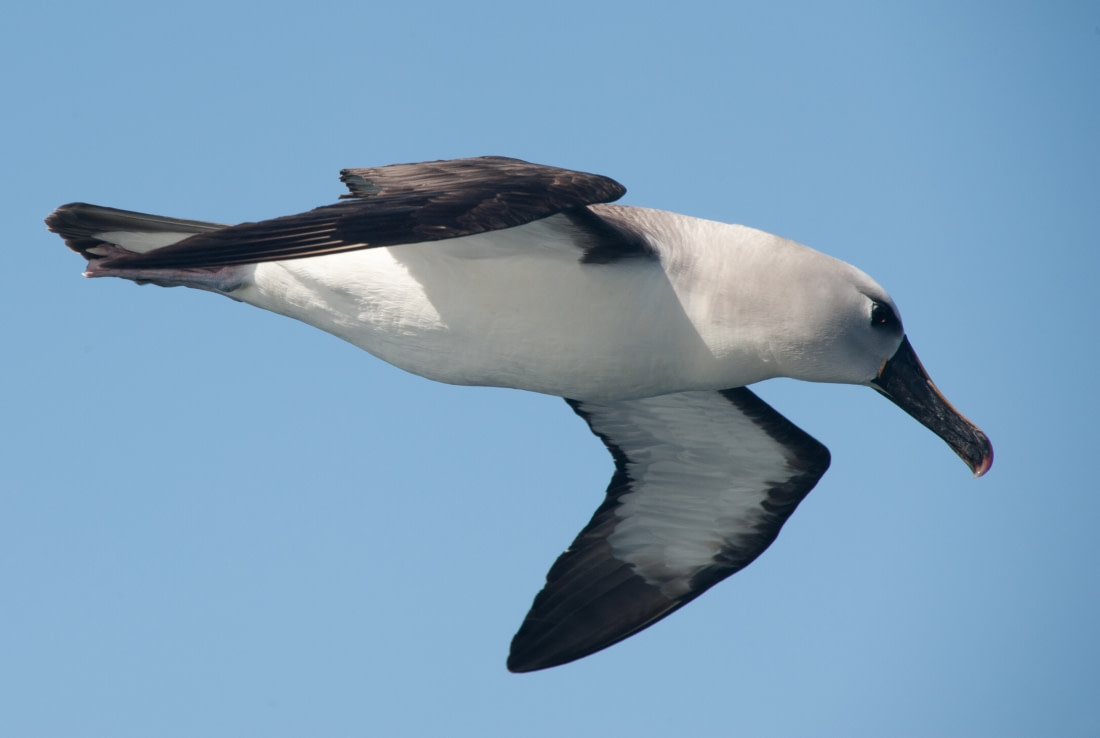
How do Grey-headed Albatrosses feed?
Grey-headed Albatrosses feed in the open ocean, preferring to pluck food from just under the water's surface but can dive as deep as 7 metres. They fly long distances to feed, even during breeding season, sometimes traveling up to 13,000 km.
Are Grey-headed Albatrosses social?
Grey-headed Albatrosses are generally solitary while at sea.
How fast do Grey-headed Albatrosses fly?
They can fly at speeds up to 127 km per hour.
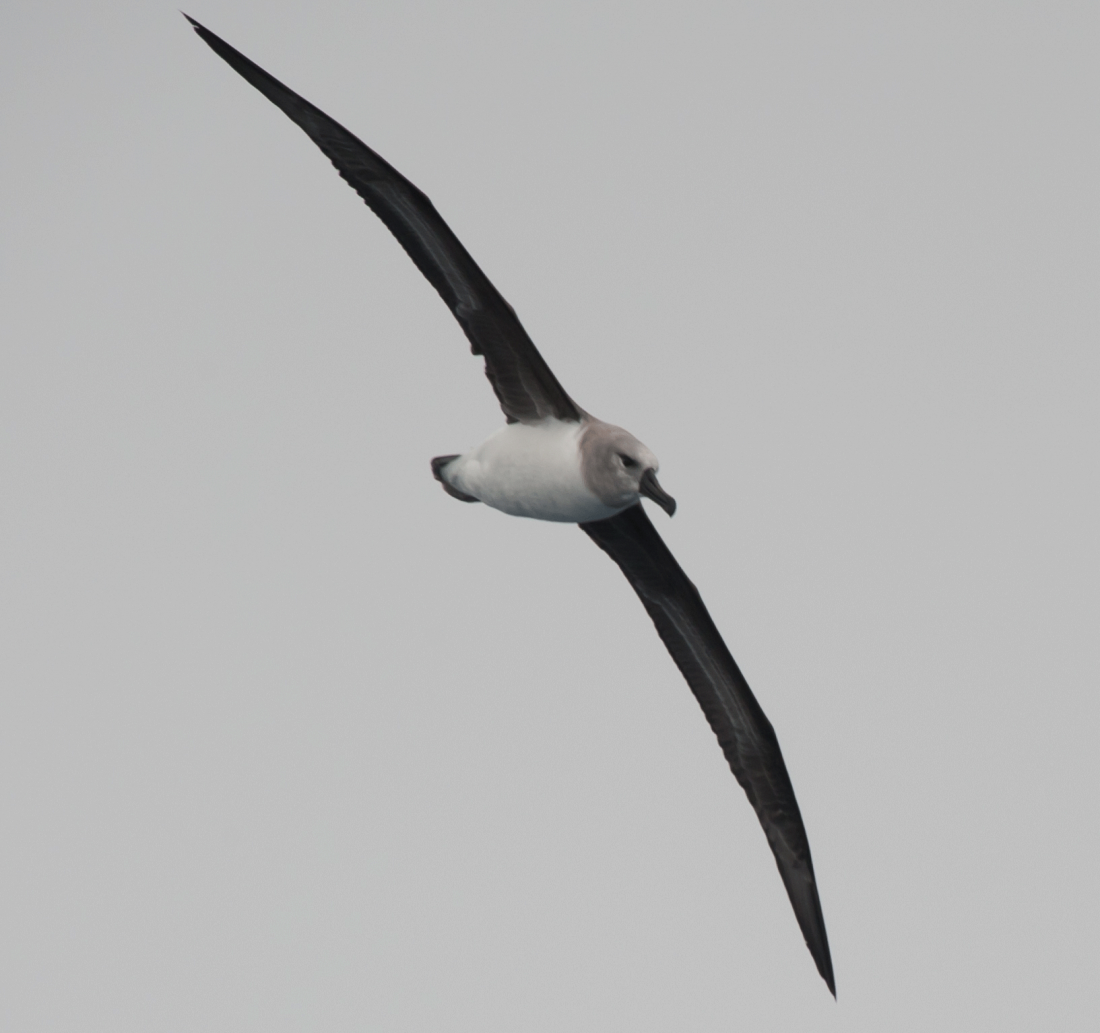
What are Grey-headed Albatross birthing rituals like?
They create breeding colonies on southern ocean islands like South Georgia and Kerguelen Islands. Nests are built on cliffs or steep slopes with grass and mud. A single egg is laid around mid-October, with a 70-day incubation period mainly handled by the male. Successful pairs skip the next breeding season, returning the following year. Chicks fledge about 4.5 months after hatching and live at sea for 6-7 years before returning to breed.
How long do Grey-headed Albatrosses live?
They live about 35 years.
How many Grey-headed Albatrosses are there today?
There are an estimated 250,000 Grey-headed Albatrosses (2004 numbers).
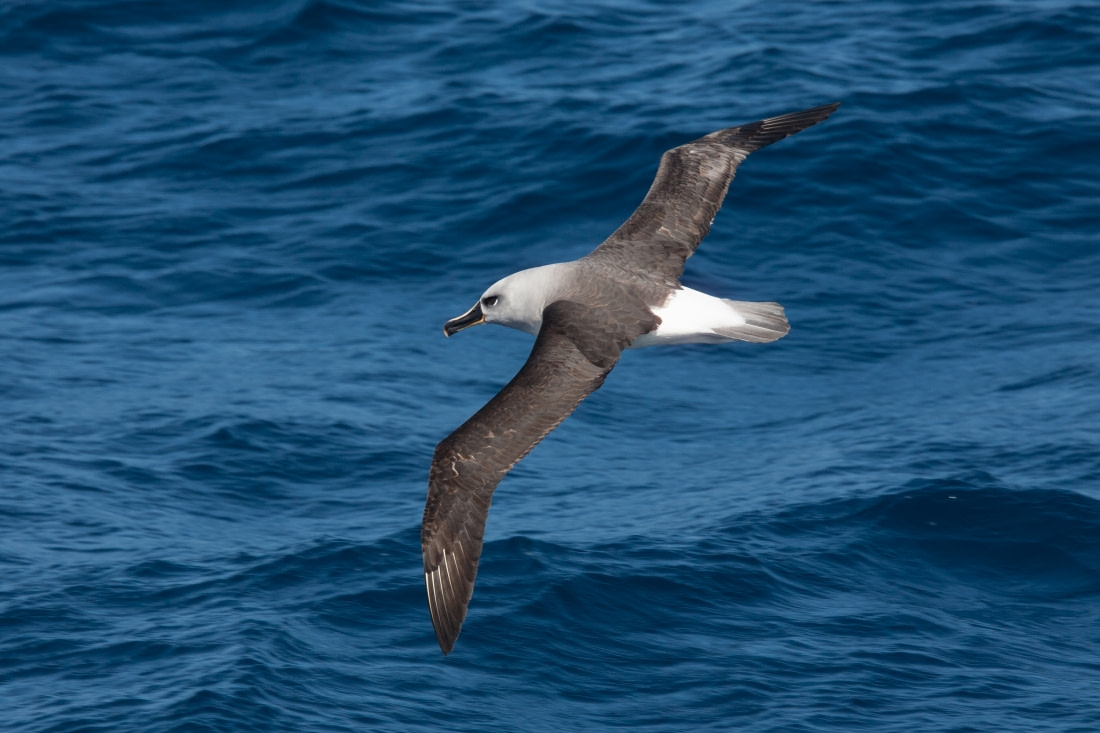
Do Grey-headed Albatrosses have any natural predators?
They don't have many natural predators due to the remoteness of their breeding grounds. The main threat is food availability, especially during the breeding season.
7 Great Grey-headed Albatross Facts
- They nest further south than any other mollymawk.
- Chrysostoma comes from Greek words meaning "gold" and "mouth," referring to their bills.
- Unlike most Albatrosses, they don't follow fishing vessels.
- They are likely the world's fastest horizontal flyers.
- Albatrosses don't have hind toes as they live at sea.
- They spend most of their lives in the air.
- A Grey-headed Albatross can circumnavigate the globe in just over a month.
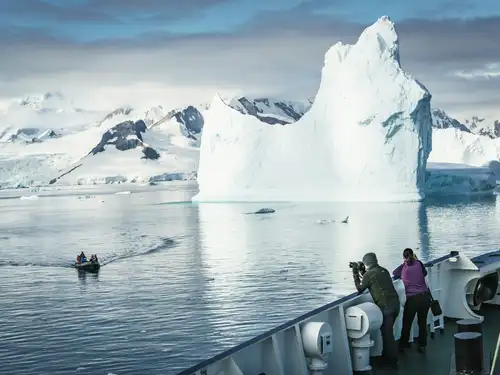
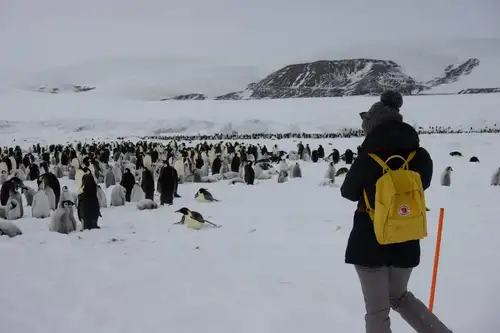




Related Trips


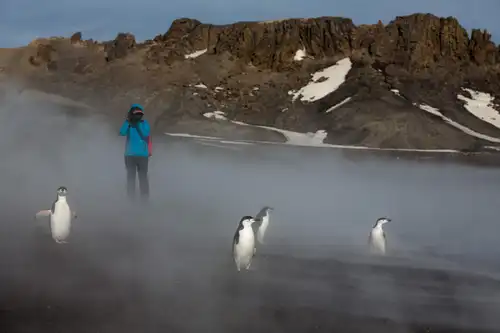
Graham Land: A landscape dominated by volcanoes

Antarctic Explorer’s Voyage
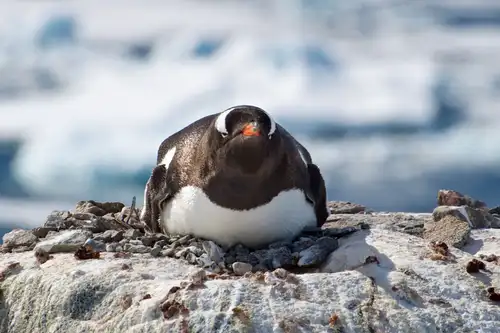
Life in a Penguin Colony

A Day of Whale Watching in Antarctica
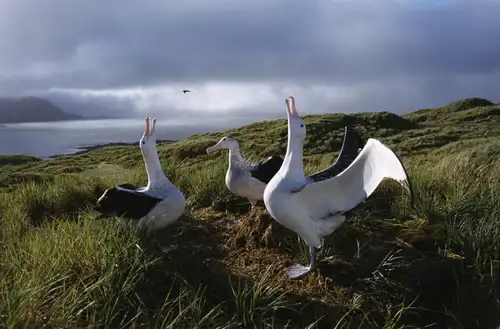
Albatross, penguin and krill research in Antarctica
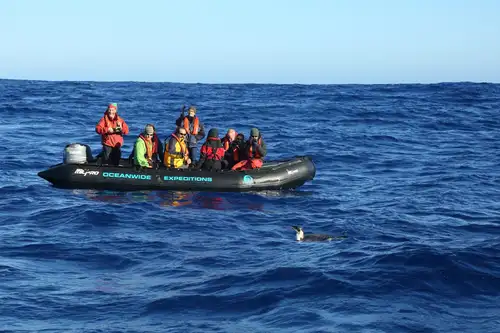
The Emperor Penguin of the Drake Passage
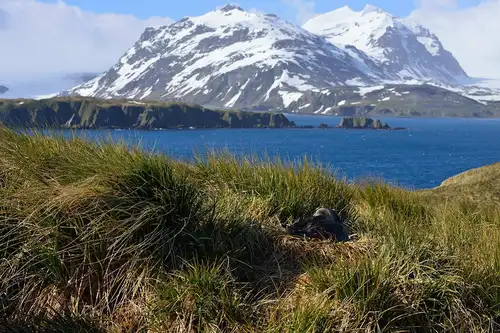
Flowers in Antarctica
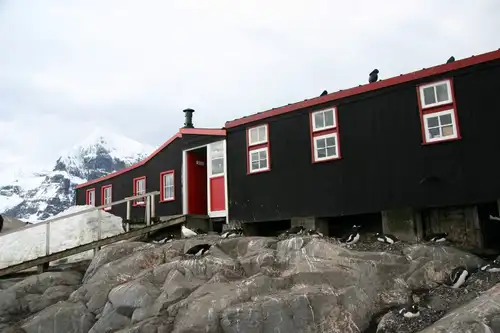
Port Lockroy: History, Post Office, and Resident Penguins

The Classic Polar Cruise: Antarctic Peninsula Facts, Pics, and More
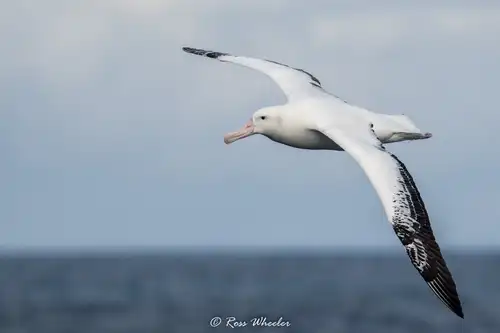
The Eight Albatrosses of Antarctica and the Sub-Antarctic
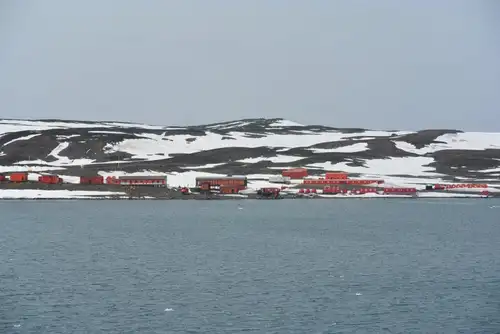
Living the Antarctic Dream
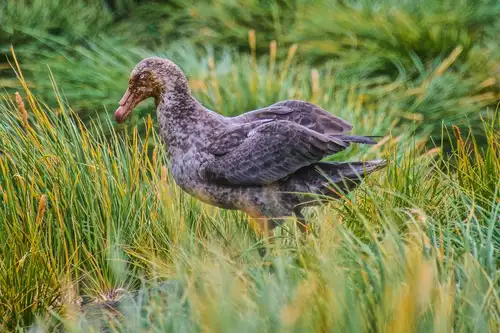
The Giant Petrels of King George Island
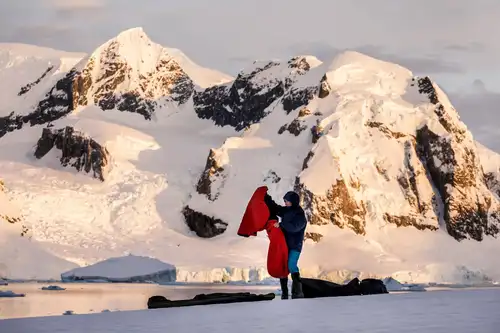
Camping in Antarctica: a True Expedition Experience
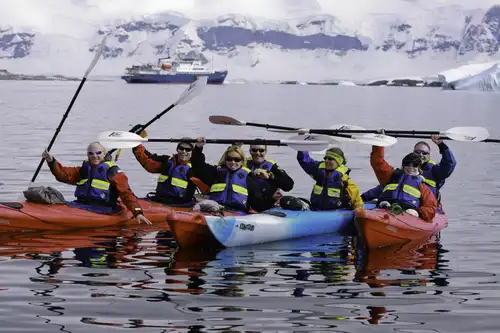



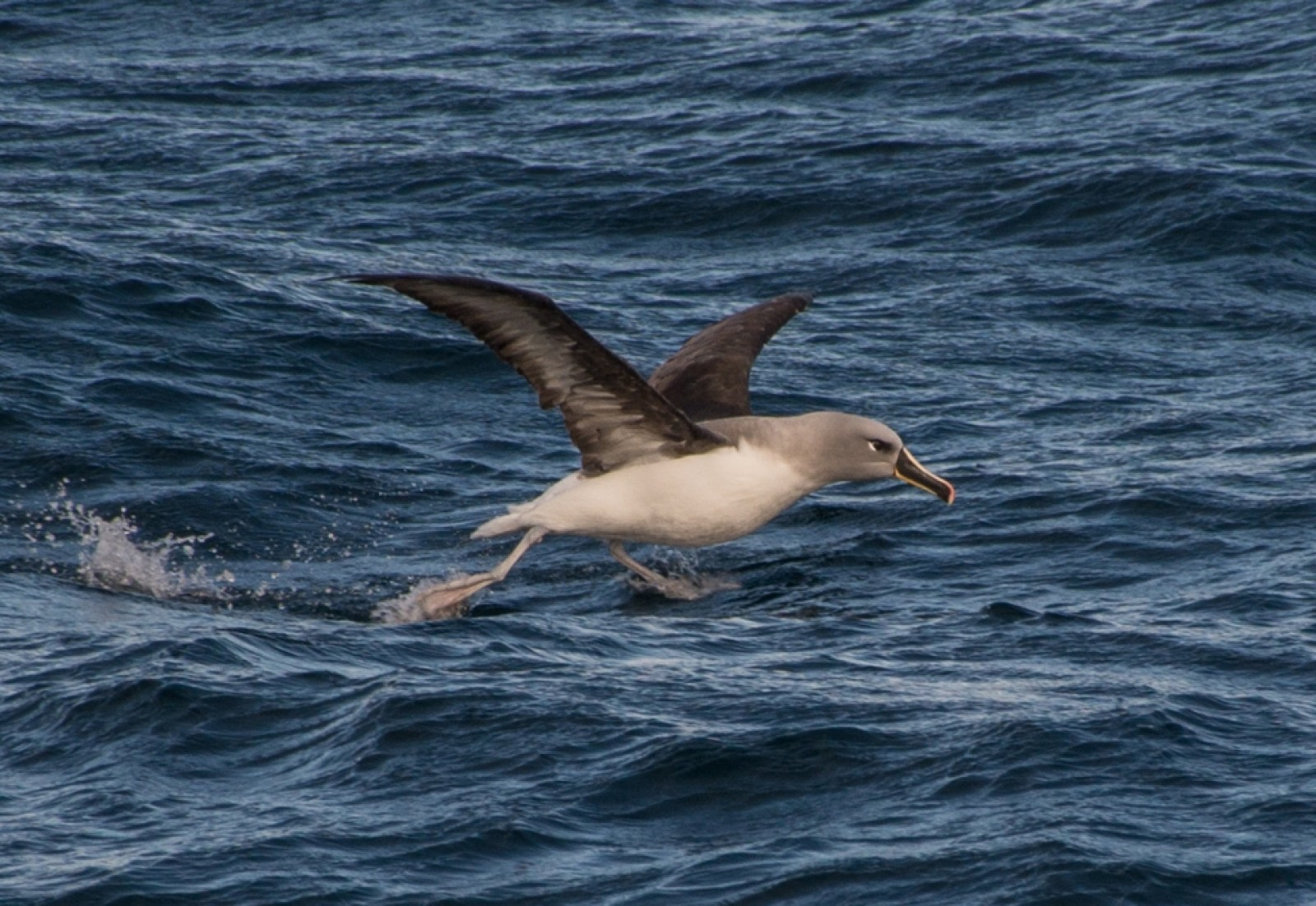

 21 Days / 20 Nights
21 Days / 20 Nights



